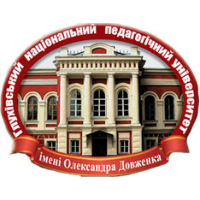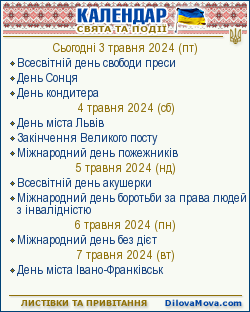Languages
BAKALETS O. A. Counting and money circulation in Podillia principality in the second half of the XIV century
The author of the article, having collected and processed data on 62 Podilia treasures of the second half of the 14th century, attempts to reveal the features of the counting, the circulation of money, the role of European coins and the money of mintage on the money market of the Podilia principality of the second half of the XIVth century. The Podilia principality appeared on the territory of the historical Ponyzia in 1345, according to other sources in 1352 and ceased to exist in 1403. Its origin was promoted by the geopolitical situation in the 40–50s of the XIVth century. In particular, in the neighboring states of the Halychyna and Volyn, Moldova, the Golden Horde, Lithuania, Poland and Hungary. The new government processes in Podilia intensify in the middle of the XIVth century after the fall of the Halychyna and Vonyn state in 1340, and the death of the powerful Golden Horde Khan Janibek (1313 – 1339). The power of the Golden Horde to the west of the Dnieper began to weaken, than Lithuania took advantage of capturing Volyn. In 1379 the Koriatovychs princes began a large-scale reconstruction of the Kamenets castle, where the capital of the Podilia principality was moved from Smotrych. In 1380, in the battle with the troops of Khan Mamaia, Prince Alexander was killed, and Konstantin Koriatovich became his follower (1380–1388/91), who "managed Podilia land quite independently, but not for long".
At that time, the traditional eastern trade of the merchants of Halychyna with the Balkan countries, the Moldavian principality, the Crimean-Genoese cities passed through Podilia towns of Satanov, Smotrych, Kamenets, Horodok and Dunaevtsi, as is evidenced by the treasures that were found on these countries from the late XIVth and early XVth centuries. The collection of the Podilia money market in the second half of the XIVth century was rather wide and varied: it was mainly European silver money, half-pint and denarius of Poland, Hungary, Austria, Lithuania, Moldova, Podilia and Kyiv principality, silver denarius and copper pools of the Golden Horde. Among some treasures also there are ingots of silver hryvnias of Tatar, Novgorod, Chernihiv and Lithuanian types.
A significant event during the Koriatovychs reign in Podilia was the chasing of his own silver coin – "Podilia half-pint" under the prince and landowner of Podilia Kostyantyn Kariatovych (1380 – 1388/91) and silver denarius during the reign of Fedor Koriatovych (1388 – 1394). Half-pints of Podilia principality were minted at a high artistic and technical level on silver coins with a diameter of about 18 mm and weighing about 1 g (sample 875–925). The weight and diameter of the half-pint of Kostyantyn and Louis (1379 – 1382) or Vladyslav Opolskyi (1372 – 1378) were almost identical and amounted to half of the Prague penny. In our opinion, the sensational findings in 2012 – 2017 of another 10 coins of the end of the XIVth and the beginning of the XVth century, in which more than 110 Podilia half-pints are presented, attest their widespread use by the population of Podilia in local money circulation and trade.
Having examined the topography of the coins finding in Podilia of the second half of the XIVth century, we draw the following conclusions. With the development of fortified cities, crafts, agriculture, local and transit international trade in Podilia, there are silver coins of Halychyna, Czechia, Poland, Golden Horde, Hungary, Moldavia, Podilia, Kyiv, Novgorod-Siverskyi principalities, separate state formations of the Holy Roman Empire, Byzantium and Italy in the circulation of money. Topography treasures finding (17), in which Podilia half-pint of Kostyantyn Koriatovych are presented (Khmelnytsk, Vinnytsia region, Ternopil, Cherkassy, Kyiv, Ivano-Frankivsk, Romania, Moldova and Hungary) clearly shows either their role as local coins in the Podolsk market or the role in international trade. The coinage of their own coin in Podilia at Smotrytsk and Kamenets Mints in the 80s of the XIVth century testifies to the relative independence and power of the Podilia principality, headed by the prince and landowner Konstyantyn Koriatovych (1380 – 1388/91). A detailed analysis of Smotrytsk 2012, Nemyriv 2015 and Pavlovsk 2016 treasures show that along with the traditional Polish, Hungarian, Czech, Golden Horde, Halician, Moldavia coins, the Podilia half-pints in the Podilia principality are quite popular, also the letters of the Lithuanian prince Vytautas beginning of the XVth century. In the monetary circulation of Podilia in the period under review, there were countable units: a cop, which amounted to 60 pennies, half a stone (30 groschen), a hryvnia (a weight hryvnia of 196–206 g of silver), and real money: penny, pivgris, Ternar, denarius, Danga, dirham, pool.
Key words: Podilia principality, Prague money, Halician-Russian money, Podilsky semi-money, denarius, pool, dirham, half-pint.
- 836 reads





